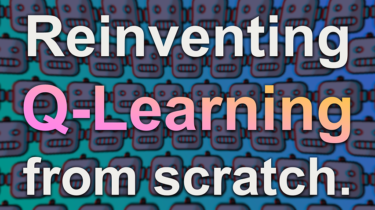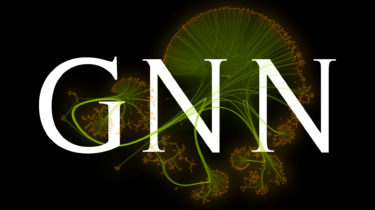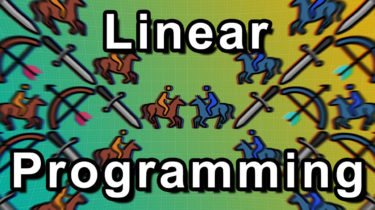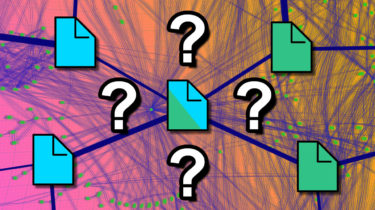Python Exceptions: An Introduction
Watch Now This tutorial has a related video course created by the Real Python team. Watch it together with the written tutorial to deepen your understanding: Raising and Handling Python Exceptions A Python program terminates as soon as it encounters an error. In Python, an error can be a syntax error or an exception. In this tutorial, you’ll see what an exception is and how it differs from a syntax error. After that, you’ll learn about raising exceptions and making […]
Read more






